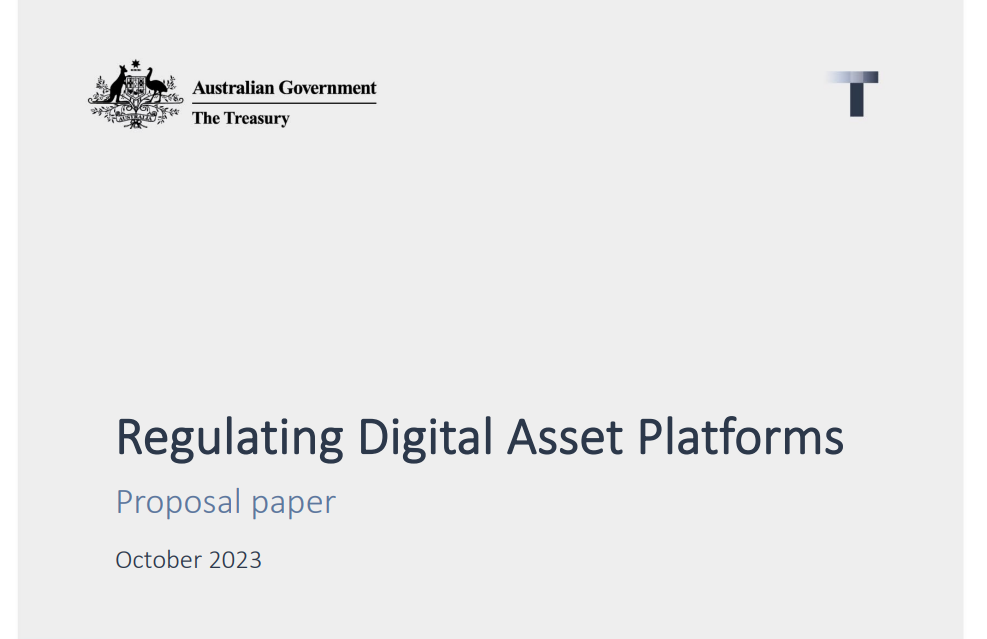Australia’s Treasury Department has recently released a paper proposing a digital asset regulatory framework along with a roadmap.
According to the announcement, Australia is planning to release draft legislation covering licensing and custody rules for digital asset providers by 2024. The new legislation, once enacted, will require the exchanges to transition to the regulatory framework within 12 months.
This timeline suggests that the Australian digital asset platforms would need to wait until 2025 to receive a license under the proposed regime.

The approach to digital asset regulation in Australia is consumer-protection-centric, with a broad net intended to encompass various business models that are currently unregulated.
Digital Asset Regulatory Actions Based on Exchange Level
Under the proposed legislation, the government will regulate at the level of the exchanges rather than specific “crypto tokens.” Notably, it will do so under existing financial services laws rather than creating a totally new regime.
The Australian Securities and Investments Commission (ASIC) chairman, Joe Longo, who addressed the proposed legislation at the Australian Financial Review Crypto Summit, stated:
“We shouldn’t think crypto is somehow outside traditional standards. Offering services that involve new and innovative technologies or that are built around new and innovative technologies doesn’t afford service providers a regulatory exemption.”
All digital asset exchanges holding over AUD 1,500 ($946) of any one client’s assets or over AUD 5 million ($3.15 million) in total assets will need an Australian Financial Services license (AFSL) from the ASIC. The proposal seeks feedback on 32 themes and invites written submissions by December 1, 2023.
What Does the Framework Seek?
According to the paper, digital asset exchanges would be required to operate with integrity, transparency, and fairness. They must effectively address conflicts of interest, disclose relevant information, submit financial accounts, and adhere to solvency and cash reserve prerequisites. Interestingly, the regulations will also include guidelines around asset custody.
This regulatory proposal, first announced in February, comes as a delayed October consultation paper, distinct from an earlier token mapping consultation paper. Notably, token mapping is a process to align digital asset products’ activities with existing regulatory frameworks.
Furthermore, Dr. Brad Jones, Assistant Governor at the Reserve Bank of Australia (RBA), announced that the Treasury and RBA are set to publish a joint report around mid-2024.
This report will offer insights into central bank digital currency (CBDC) research in the country and outline a roadmap for future work. It is important to note that in August, the country decided to delay a CBDC decision due to unresolved issues identified at the end of a pilot project earlier this year.
Related reading:










